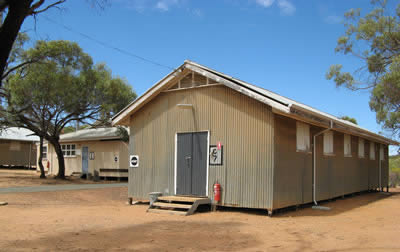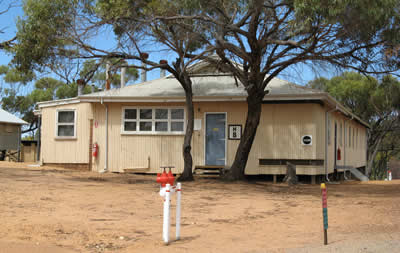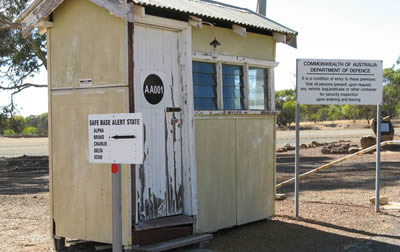Background
Following the declaration of war on the British Empire by Mussolini in June 1940, Australian troops in North Africa prepared for combat with Italian forces. The two armies met at Bardia in Lybia on 3 January 1941, and two days later, the first Italian Prisoners of War (POWs) were taken.
Over 40,000 Italian soldiers were captured at Bardia and on 22 January, Tobruk fell to Australian forces, increasing the number of POWs under British High Command. Other bases were captured by the Allied troops, and the first German POWs were taken on 24 March 1941.
After capture and forced marches through North Africa, the POWs were shipped to camps in India, Egypt and Palestine. As more and more POWs arrived at the camps; many from the Greek and Crete campaigns of April 1941, conditions became strained. Eventually, in response to the growing shortage of farm labour, Allied authorities agreed to send POWs to Australia to help alleviate the problem.
On 1 August 1941, orders were issued for 1,000 German POWs – the first of a proposed 75,000 POWs although only about 1,637 came - to be transferred to Suez for transportation to Australia.
The first group arrived in Sydney on board the Queen Elizabeth on 23 August, before being transferred to a purpose built camp in Victoria (POW Camp No. 12). By mid-1942, the Australian authorities determined to cease the transportation of German POWs. However, Italian POWs continued to arrive from the Middle East and India until January 1945.



